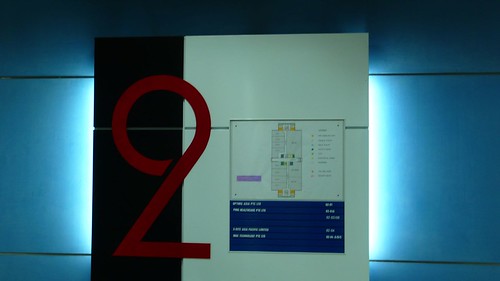 Shoot test (burn out), originally uploaded by filmlab. |
Years ago, I was camera consultant to the first production to use a 24 fps video camera to film a drama in Singapore. I was also the producer of the first high definition movie ever shot here. During the former, the cameramen for the production came to do a test shoot for the camera, which happened to be mine.
Among one of the comments they made was: the highlights burnt out very beautifully. They said that in Cantonese. My buddy Dave and I have made a running joke on that for years. (Burn de hou leng wor!) That was a camera using the Leica Dicomar lens, another very beautiful piece of glass, although I am sure the 3 CCD chips (one for blue, one for green, and one for red) helped created the colour burn out effects...
Now, years on, I'm shooting with my fraction of the cost LX2 with a 2.8f/stop lens many times smaller than the Dicomar. Yet, I'm still seeing the same beautiful burnout. Is it the lens? Or something else? Perhaps my display?
Cathode Ray Tube (CRT) monitors have something like 68% colour reproduction accuracy, as opposed to a Liquid Crystal Display (LCD) (77% or above). Yet, they use CRT monitors on a film set to check colour - accurately calibrated, of course. This is part of the reason why I prefer a CRT. I come from the world of film/tv and CRTs are what I'm used to. The image on a CRT looks softer, more contrasty, and more 3-dimensional - as opposed to the luminally perfect if flat-looking LCD. Colours just seem more vibrant on a CRT, they have more 'pop'.
Hence my everlasting love for Trinitrons. I've noticed that all of Corvette's shots look far better on my Trinitron (even my Lightframe) than it does on my laptop LCD screen at work.
I have 4 Trinitrons at home. And none of them are gonna retire if I can help it. I'm now conducting shooting tests for my camera LCD, against the subjects I shoot, against my laptop display colour profile at work, against the Trinitron I use for colour editing, and against the final prints I make at a lab.
Fun fun fun. That should occupy me for another month or so while I decide which to calibrate against.
Maybe the new Apple notebooks, with their reflective screens, will do better.

No comments:
Post a Comment